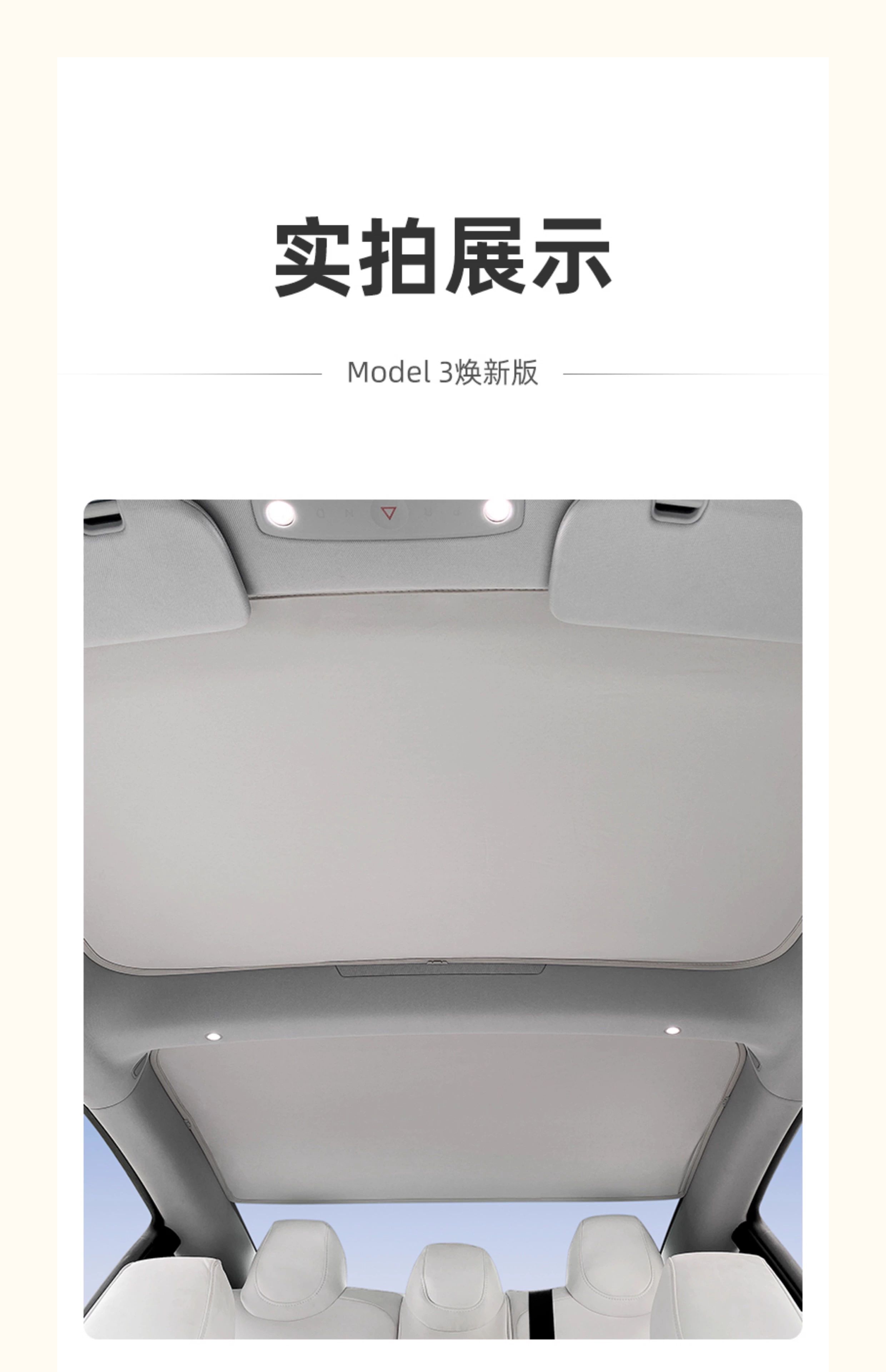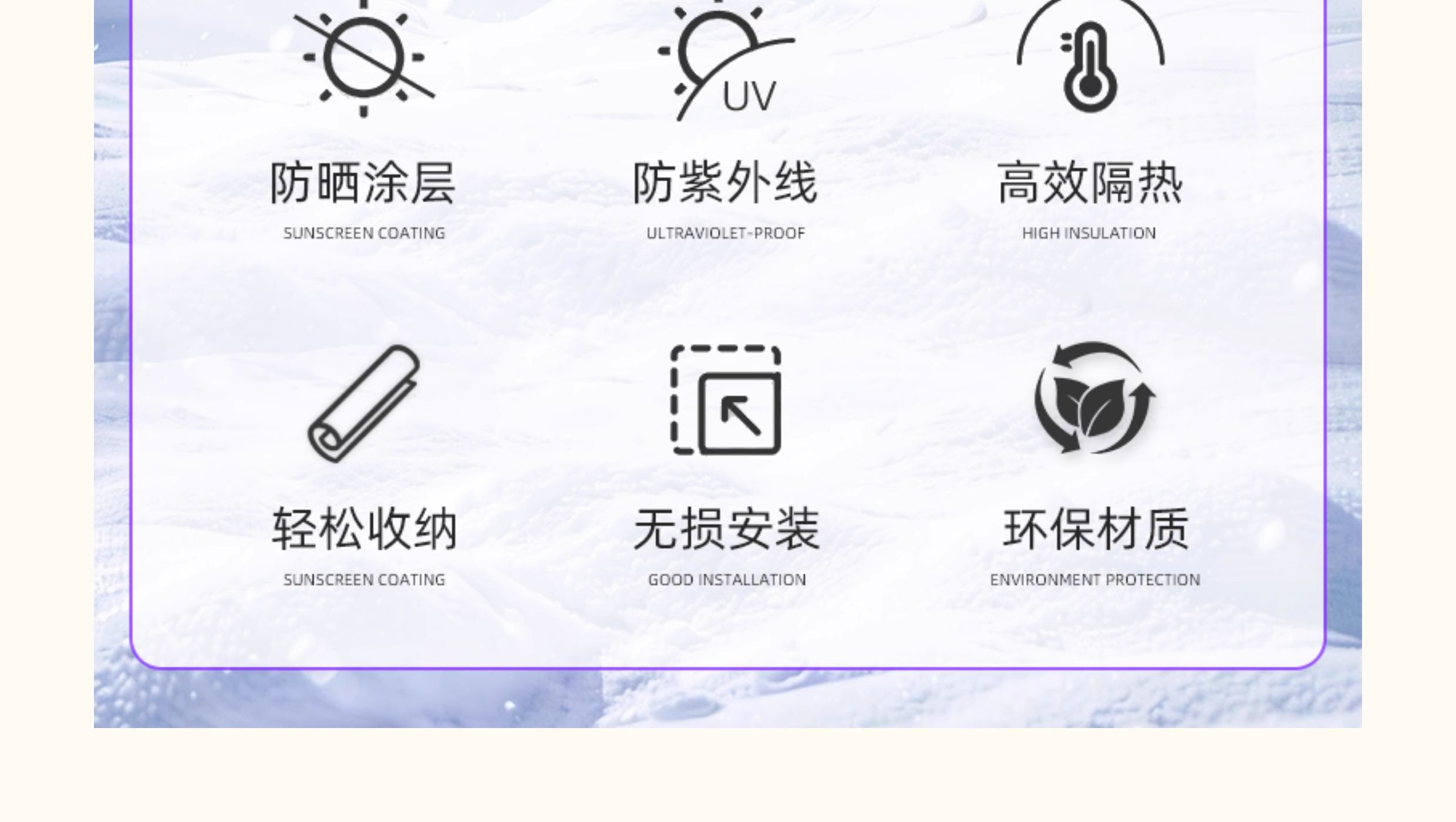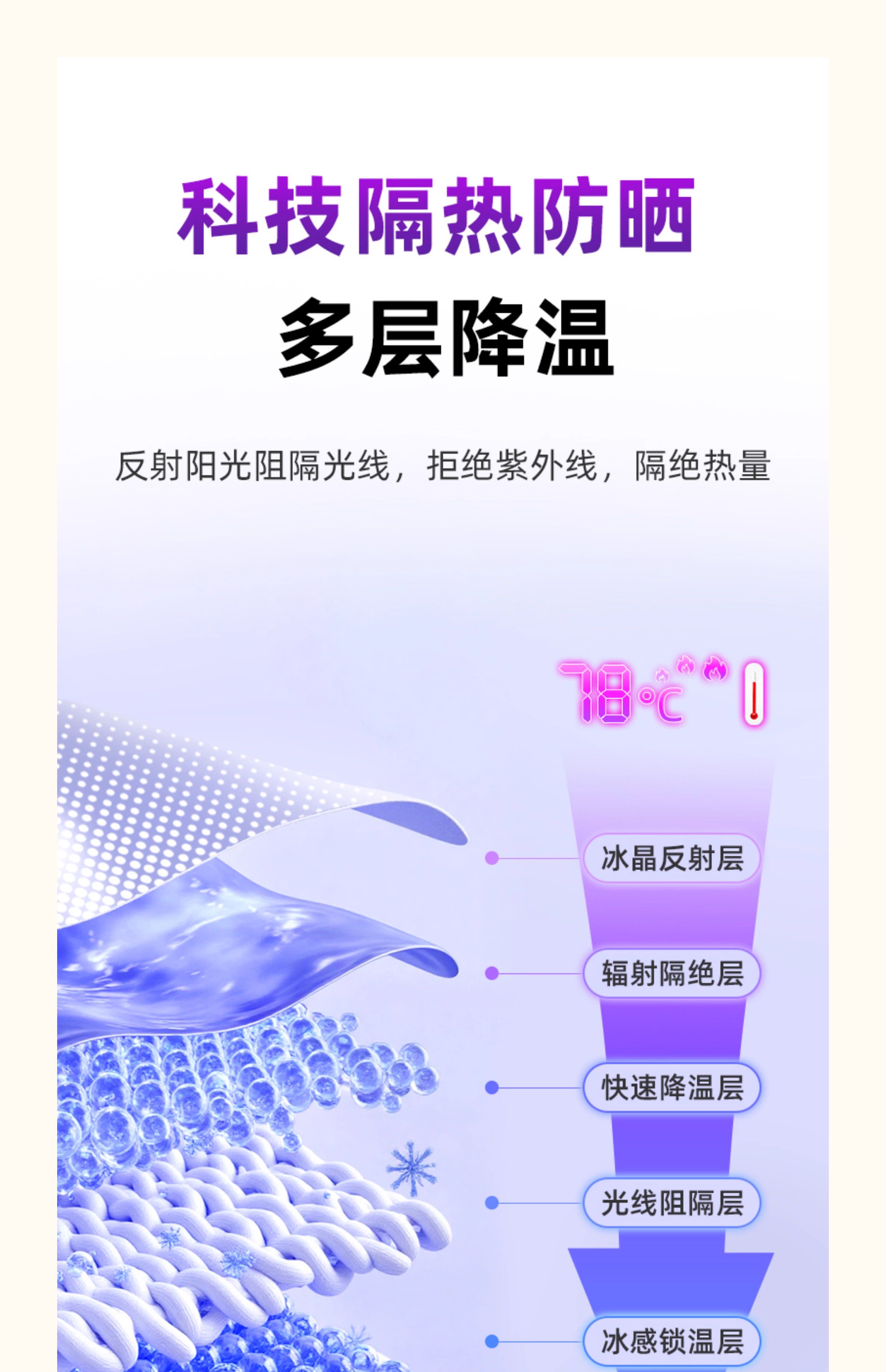适用特斯拉焕新modely/3遮阳帘天窗顶部天幕挡车顶防晒内饰配件丫
This course includes:
-
8.5 hours on-demand video
-
34 downloadable resources
-
Access on mobile and TV
-
Full lifetime access
Save $50.00
$300.00
























 **Optimizing Thermal Performance: The Role of Insulation and Compact Design** In the ever-evolving landscape of engineering and architectural design, the integration of advanced insulation materials and compact structural principles has emerged as a cornerstone for achieving superior thermal performance. This paper delves into the critical role that both high-quality insulation and tightly controlled structural configurations play in reducing energy consumption, enhancing occupant comfort, and minimizing environmental impact. By examining the scientific underpinnings of heat transfer, the benefits of integrating these elements, and real-world case studies, this document seeks to provide a comprehensive understanding of how insulation and compactness contribute to the creation of efficient, sustainable systems. Heat transfer occurs through three primary mechanisms: conduction, convection, and radiation. Conductive heat transfer refers to the flow of thermal energy between objects in direct contact, while convective heat transfer involves the movement of heat through fluids such as air or water. Radiation, on the other hand, is the emission of electromagnetic waves that carry energy away from surfaces. Each of these mechanisms presents unique challenges and opportunities when designing thermally efficient structures. The effectiveness of insulation lies in its ability to impede conductive and convective heat flows, thereby maintaining temperature differentials within desired parameters. The significance of insulation extends beyond mere thermal efficiency; it also plays a crucial role in soundproofing and moisture management. Modern insulation materials, such as fiberglass, mineral wool, and polyurethane foams, are engineered to provide not only exceptional thermal resistance but also enhanced acoustic properties and vapor permeability. These attributes ensure that buildings remain comfortable and durable over time, even in challenging climatic conditions. Similarly, the adoption of compact design principles allows architects and engineers to maximize space utilization while minimizing material wastage, further contributing to energy savings and cost-effectiveness. A well-insulated structure minimizes heat loss during colder periods and reduces overheating during warmer months, resulting in significant energy savings across various sectors. In residential settings, properly insulated homes can reduce heating and cooling costs by up to 30%, translating into substantial financial benefits for occupants. Commercial buildings benefit equally from these advantages, as optimized thermal performance translates into lower operational expenses and increased tenant satisfaction. Additionally, improved thermal efficiency contributes to the achievement of sustainability goals by reducing greenhouse gas emissions associated with energy generation. To achieve optimal thermal performance, it is essential to adopt an integrated approach that considers multiple factors simultaneously. Material selection, construction techniques, and building orientation all play critical roles in determining overall thermal effectiveness. Advanced computational tools, such as finite element analysis (FEA) and computational fluid dynamics (CFD), enable designers to simulate and optimize thermal behavior before physical implementation. These technologies allow for precise adjustments in insulation thickness, placement, and density, ensuring that each component operates at peak efficiency. One notable example of successful insulation integration is the Passive House standard, which sets rigorous criteria for ultra-low-energy buildings. Passive Houses rely heavily on continuous insulation layers, high-performance windows, and meticulous sealing of gaps to maintain comfortable indoor temperatures without conventional heating or cooling systems. Similarly, the development of net-zero energy buildings demonstrates the potential of combining advanced insulation with compact designs to create structures that produce as much energy as they consume over their lifecycle. From a technical standpoint, the selection of appropriate insulation materials hinges on several key considerations. First and foremost is the material's thermal conductivity coefficient, often expressed in units of W/(m·K). Lower values indicate better insulating properties, making materials like aerogels and vacuum insulated panels highly desirable for applications requiring extreme thermal resistance. Additionally, factors such as durability, fire resistance, and ease of installation must be evaluated to ensure long-term performance and compliance with relevant building codes. The integration of compact design principles further enhances thermal efficiency by reducing the surface area-to-volume ratio of a building. Smaller structures inherently lose less heat due to their reduced exposure to external environments. Furthermore, compact designs often incorporate multifunctional spaces and modular components, allowing for greater flexibility in adapting to changing needs while preserving energy-saving features. This approach is particularly beneficial in urban contexts where land availability is limited, encouraging the development of high-density, eco-friendly communities. Real-world implementations of these strategies can be seen in numerous high-profile projects around the globe. For instance, the Bullitt Center in Seattle, Washington, is widely regarded as one of the greenest commercial buildings in the world. It achieves its exceptional energy efficiency through a combination of advanced insulation, solar panels, rainwater harvesting systems, and a tight building envelope. Similarly, the Masdar City initiative in Abu Dhabi showcases how compact urban planning coupled with state-of-the-art insulation techniques can foster sustainable living in arid climates. When considering the economic implications of incorporating insulation and compact design, it becomes evident that initial investments yield substantial long-term returns. Although upfront costs may appear higher than traditional methods, they are offset by reduced energy bills, extended equipment lifespans, and enhanced property values. Moreover, government incentives and tax credits aimed at promoting sustainable practices further encourage the adoption of these technologies. Studies have shown that buildings meeting high thermal performance standards typically command premium prices in the real estate market, reflecting their inherent value proposition. However, challenges persist in fully realizing the potential of insulation and compact design. One major obstacle is the need for standardized testing protocols and certification frameworks to ensure consistency in product quality and performance. Additionally, public awareness and education regarding the benefits of these approaches remain insufficient in many regions, necessitating concerted efforts from industry stakeholders and policymakers alike. Addressing these issues requires collaboration across disciplines, fostering innovation while maintaining strict adherence to safety and regulatory guidelines. In conclusion, the strategic application of insulation and compact design principles represents a transformative opportunity for advancing energy efficiency in both existing and new constructions. By leveraging cutting-edge materials and methodologies, architects, engineers, and developers can create buildings that not only meet current demands but also anticipate future challenges. As global populations continue to grow and resource constraints become increasingly pronounced, embracing these forward-thinking approaches will prove essential for building a resilient and sustainable future. Through continued research, collaboration, and commitment to excellence, we can unlock the full potential of thermal optimization and usher in a new era of environmentally responsible architecture.
**Optimizing Thermal Performance: The Role of Insulation and Compact Design** In the ever-evolving landscape of engineering and architectural design, the integration of advanced insulation materials and compact structural principles has emerged as a cornerstone for achieving superior thermal performance. This paper delves into the critical role that both high-quality insulation and tightly controlled structural configurations play in reducing energy consumption, enhancing occupant comfort, and minimizing environmental impact. By examining the scientific underpinnings of heat transfer, the benefits of integrating these elements, and real-world case studies, this document seeks to provide a comprehensive understanding of how insulation and compactness contribute to the creation of efficient, sustainable systems. Heat transfer occurs through three primary mechanisms: conduction, convection, and radiation. Conductive heat transfer refers to the flow of thermal energy between objects in direct contact, while convective heat transfer involves the movement of heat through fluids such as air or water. Radiation, on the other hand, is the emission of electromagnetic waves that carry energy away from surfaces. Each of these mechanisms presents unique challenges and opportunities when designing thermally efficient structures. The effectiveness of insulation lies in its ability to impede conductive and convective heat flows, thereby maintaining temperature differentials within desired parameters. The significance of insulation extends beyond mere thermal efficiency; it also plays a crucial role in soundproofing and moisture management. Modern insulation materials, such as fiberglass, mineral wool, and polyurethane foams, are engineered to provide not only exceptional thermal resistance but also enhanced acoustic properties and vapor permeability. These attributes ensure that buildings remain comfortable and durable over time, even in challenging climatic conditions. Similarly, the adoption of compact design principles allows architects and engineers to maximize space utilization while minimizing material wastage, further contributing to energy savings and cost-effectiveness. A well-insulated structure minimizes heat loss during colder periods and reduces overheating during warmer months, resulting in significant energy savings across various sectors. In residential settings, properly insulated homes can reduce heating and cooling costs by up to 30%, translating into substantial financial benefits for occupants. Commercial buildings benefit equally from these advantages, as optimized thermal performance translates into lower operational expenses and increased tenant satisfaction. Additionally, improved thermal efficiency contributes to the achievement of sustainability goals by reducing greenhouse gas emissions associated with energy generation. To achieve optimal thermal performance, it is essential to adopt an integrated approach that considers multiple factors simultaneously. Material selection, construction techniques, and building orientation all play critical roles in determining overall thermal effectiveness. Advanced computational tools, such as finite element analysis (FEA) and computational fluid dynamics (CFD), enable designers to simulate and optimize thermal behavior before physical implementation. These technologies allow for precise adjustments in insulation thickness, placement, and density, ensuring that each component operates at peak efficiency. One notable example of successful insulation integration is the Passive House standard, which sets rigorous criteria for ultra-low-energy buildings. Passive Houses rely heavily on continuous insulation layers, high-performance windows, and meticulous sealing of gaps to maintain comfortable indoor temperatures without conventional heating or cooling systems. Similarly, the development of net-zero energy buildings demonstrates the potential of combining advanced insulation with compact designs to create structures that produce as much energy as they consume over their lifecycle. From a technical standpoint, the selection of appropriate insulation materials hinges on several key considerations. First and foremost is the material's thermal conductivity coefficient, often expressed in units of W/(m·K). Lower values indicate better insulating properties, making materials like aerogels and vacuum insulated panels highly desirable for applications requiring extreme thermal resistance. Additionally, factors such as durability, fire resistance, and ease of installation must be evaluated to ensure long-term performance and compliance with relevant building codes. The integration of compact design principles further enhances thermal efficiency by reducing the surface area-to-volume ratio of a building. Smaller structures inherently lose less heat due to their reduced exposure to external environments. Furthermore, compact designs often incorporate multifunctional spaces and modular components, allowing for greater flexibility in adapting to changing needs while preserving energy-saving features. This approach is particularly beneficial in urban contexts where land availability is limited, encouraging the development of high-density, eco-friendly communities. Real-world implementations of these strategies can be seen in numerous high-profile projects around the globe. For instance, the Bullitt Center in Seattle, Washington, is widely regarded as one of the greenest commercial buildings in the world. It achieves its exceptional energy efficiency through a combination of advanced insulation, solar panels, rainwater harvesting systems, and a tight building envelope. Similarly, the Masdar City initiative in Abu Dhabi showcases how compact urban planning coupled with state-of-the-art insulation techniques can foster sustainable living in arid climates. When considering the economic implications of incorporating insulation and compact design, it becomes evident that initial investments yield substantial long-term returns. Although upfront costs may appear higher than traditional methods, they are offset by reduced energy bills, extended equipment lifespans, and enhanced property values. Moreover, government incentives and tax credits aimed at promoting sustainable practices further encourage the adoption of these technologies. Studies have shown that buildings meeting high thermal performance standards typically command premium prices in the real estate market, reflecting their inherent value proposition. However, challenges persist in fully realizing the potential of insulation and compact design. One major obstacle is the need for standardized testing protocols and certification frameworks to ensure consistency in product quality and performance. Additionally, public awareness and education regarding the benefits of these approaches remain insufficient in many regions, necessitating concerted efforts from industry stakeholders and policymakers alike. Addressing these issues requires collaboration across disciplines, fostering innovation while maintaining strict adherence to safety and regulatory guidelines. In conclusion, the strategic application of insulation and compact design principles represents a transformative opportunity for advancing energy efficiency in both existing and new constructions. By leveraging cutting-edge materials and methodologies, architects, engineers, and developers can create buildings that not only meet current demands but also anticipate future challenges. As global populations continue to grow and resource constraints become increasingly pronounced, embracing these forward-thinking approaches will prove essential for building a resilient and sustainable future. Through continued research, collaboration, and commitment to excellence, we can unlock the full potential of thermal optimization and usher in a new era of environmentally responsible architecture.Recently Viewed




